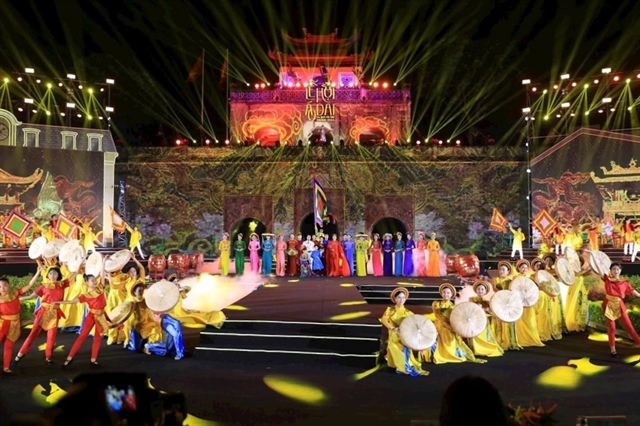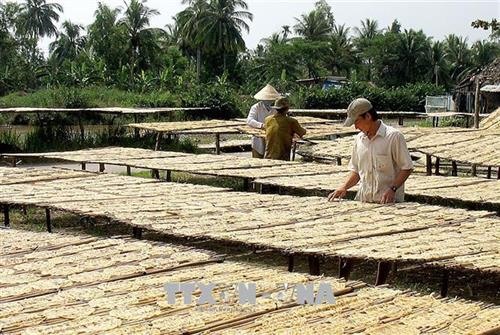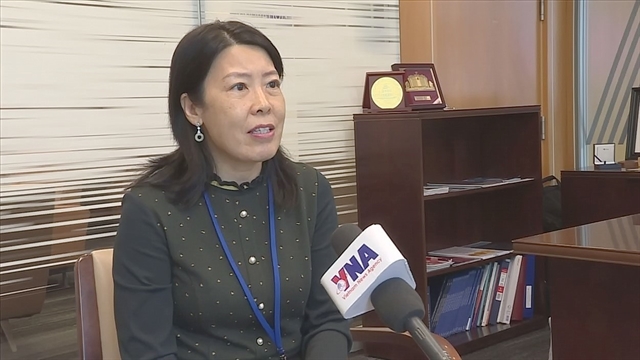 Society
Society

" />The poverty rate of ethnic minority households in Cà Mau Province fell by more than 3 per cent each year after three years of implementation of its national targeted programme on sustainable poverty reduction that began in 2016.
 |
| The southernmous Cà Mau Province plans to reduce the proportion of poor households to 1.46 per cent by 2020. — VNA/VNS Photo Huỳnh Thế Anh |
CÀ MAU — The poverty rate of ethnic minority households in Cà Mau Province fell by more than 3 per cent each year after three years of implementation of its national target programme on sustainable poverty reduction that began in 2016.
Under the multi-dimensional poverty assessments which have been used since 2016, the province now has more than 17,750 poor ethnic minority households and nearly 10,500 near the poverty line.
However, the provincial People’s Committee said the rate of poor and near-poor ethnic minorities in several areas remained high.
Most of these families do not have a sustainable job, have a low academic level, and also lack capital.
Trần Hồng Quân, the province’s vice chairman, said the province would continue to help them find jobs and would try to connect enterprises from other provinces and cities with ethnic-minority manufacturers.
The province will also review preferential policies, especially those aiming at dealing with financial difficulties, and available land for production.
In addition, settlement policies for ethnic minority people will be improved.
The province has allocated VNĐ22 billion (around US$946,000) to build 28 roads for rural communes in difficult economic conditions in U Minh, Đầm Dơi and Trần Văn Thời districts.
Another VNĐ40 billion from the Government’s budget has been allocated to build 146 traffic, irrigation and cultural works.
The province has provided vocational training courses to 2,300 ethnic minority people, with total capital of VNĐ7 billion.
Since 2009, more than 2,700 ethnic minority people have found jobs thanks to the province’s introductions.
The province has 14 ethnic minority groups with a total of 44,289 people.
Ethnic Khmer have also benefited from many programmes and policies on poverty reduction.
The province has provided land to nearly 500 poor Khmer households and funds for vocational training to more than 800 Khmer.
It has also helped more than 2,000 other Khmer households shift to better jobs.
In addition, as many as 5,000 Khmer households have been provided houses, while Khmer students have attended universities, colleges and vocational schools for free.
The number of poor households accounts for 5.9 per cent of the total number of households in the province.
U Minh, Đầm Dơi and Trần Văn Thời districts have the highest number of poor households.
The province plans to reduce the proportion to 1.46 per cent by 2020.
Trương Linh Phượng, head of the province’s Department of Labour, Invalids and Social Affairs, said that many programmes have been held to raised awareness about assistance policies such as loans for poor households.
In the province, local farmers’ associations have provided loans, animal breeds and farming techniques to help farmers in their agricultural production and improve the economic structure of the province. — VNS




